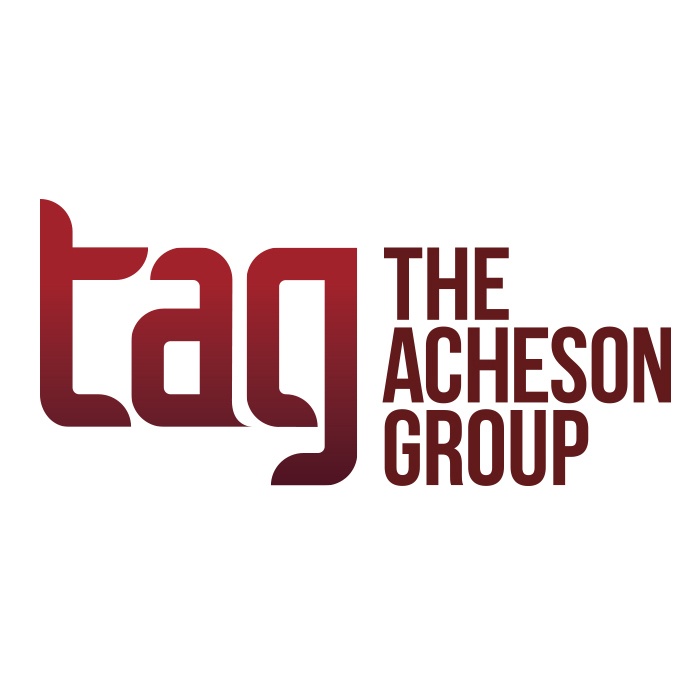2015 is likely to go down in food safety history as a pivotal year. With the issuance of five of the final rules of the Food Safety Modernization Act (FSMA), the landmark court ruling that led to criminal prosecution and decades of prison for certain corporate executives, international impacts of WTO’s ban on U.S. country of origin labeling and China’s intensification in food safety, in addition to myriad other events, trends, and regulations – it wasn’t easy to pick a Top 10. Yet TAG tackled this list based on our insights and experiences with the top food safety events of 2015, with a bit of TAG’s “take” and links to our prior coverage of the topic. PCA Recall – With all that occurred in 2015, we contend that the Top Story can only be the conviction of executives and managers of the Peanut Corporation of America (PCA) in one of the five largest recalls in history. It was not, by any means, the first time a food company was sued for a foodborne illness outbreak that led to illnesses and deaths, but it was the first to result in such stiff penalties, incriminating and incarcerating people of the company, not just fines and closures for the company as an entity. In fact, the jury conviction of former PCA Owner Stewart Parnell, for knowingly shipping out salmonella-contaminated peanut butter and hiding evidence, leading to a 28-year prison term – the stiffest punishment ever handed to a food producer in a foodborne illness case. If you don’t know the story, read all about it at The PCA Verdict. Our take on this is that we will see more Department of Justice actions in the future but hopefully not as big as this one! Other Recalls: Blue Bell Ring a Bell? – While there has never been anything to quite compare with PCA, there were other major recalls in 2015, from which lessons can be learned. In the case of the Blue Bell ice cream Listeria outbreak, FDA’s 483s from its plant inspections held some seemingly excessive expectations and showed that the Agency was already beginning to take a FSMA-like approach– of which the industry should take note. The lesson from Chipotle’s coli outbreak is more one of how not to handle a crisis: Its blaming of CDC’s and the media’s continuing coverage of outbreak-associated illnesses for its customer and stock losses seems to be a bit of misdirection; perhaps the attention should focus more on finding – and correcting – the issue than on attempting to pass the buck – particularly when it is realized that this outbreak was one of five for Chipotle this year alone. Our take on this is that recalls are not declining, so you should have a written recall plan in place to be prepared in the event your company has to react quickly and recall product from the market in a crisis. FSMA – Had the roll-out of the Food Safety Modernization Act (FSMA) not taken five years to come to fruition, the finalization of the first and second round of these historic rules likely would have been #1 for 2015. But, while it’s difficult to hold prominence year after year after year, these new rules definitely need to be top of mind for everyone in the industry. The compliance dates will be here before you know it, some in less than a year, so TAG’s take is that you need to be sure you understand just what the rules are asking for; what applies to you; and what you need to do by when in order to comply. Other New Regulations. As if FSMA weren’t enough, the year brought with it a number of other FDA regulations, USDA rules, and new GFSI requirements. There’s the revised Salmonella andCampylobacter performance standards from FSIS that were released at the beginning of the year, thetransition of catfish oversight from FDA to USDA – and the impact that it will have on catfish producers both domestic and foreign, and even FDA Declaration of PHOs as now considered to be non-GRAS Food Additives. Have you been keeping up to date on all the new rules and standards? Will you be ready … if an inspector or auditor comes knocking at your door? TAG’s take: you need to stay one step ahead of these emerging regulations: appoint a person, internally or externally, who can keep an eye on the changing regulatory landscape so you don’t get caught one step behind. Antibiotics. Antibiotic use in animal agriculture has become a hot button for both consumer advocacy and regulatory attention. For example, as we noted in August, “while the FDA and CDC were releasing new publications on the National Antimicrobial Resistance Monitoring System (NARMS) intended to increase transparency, participation, and collaboration in the battle against antibiotic-resistant bacteria, federal regulators were being called to task on the lack of regulation of the same.” Even the White House got involved, with the publication of a broad plan to address the problem of antibiotic resistance. And just this month, a permanent injunction was issued against a Vermont dairy farm for antibiotic use violations found during an FDA inspection. TAG’s take—be aware of the requirements and politics surrounding this issue if you are using antibiotics. COOL. The year has seen shifting sides in the battle of country and origin labeling (COOL), with the U.S. coming out on the losing side in the end. Not only did the World Trade Organization rule against the U.S. right to enforce COOL, earlier this month it added a penalty, stating that “Canada and Mexico can impose $1.01 billion in retaliatory tariffs on U.S. goods for meat-labeling rules that it says discriminate against livestock from the U.S. trading partners,” as reported by the Wall Street Journal. The U.S. can be thankful that the WTO ruling was $2 billion less than that requested by the two countries, but TAG’s take is the new tariffs will definitely have an impact on food producers, as well as whatever other exports the countries decide to penalize. Along with a number of food items, the list currently includes stainless steel pipes and tubes, swivel chairs and mattresses, WSJ reported. China—On another international note is China’s increasing focus on food safety. In response to the widespread food adulteration and food safety issues the country has had, its government passed new food safety laws (at a much quicker pace than our own roll out of FSMA, we have to say). The new law went into effect on October 1st this year and is not only more extensive than any of the country’s previous laws, it has a strong focus on traceability. China is serious about food safety, and it is moving fast – really fast. What does this mean to you? As we said in June, “U.S. food companies have to stay out in front, they need to really get their arms around the supply chain and likely enhance their own traceability systems.” GMO labeling. Should all foods with any genetically modified ingredient be required to have a prominent GMO stamped on its label? Or could foods that are truly all-natural, with absolutely no genetically modified, genetically engineered, or otherwise genetically altered ingredients be able to be stamped Non-GMO – and have an actual, federal definition and requirements for that label. Yep, kind of like organic. If it’s up to a number of states that have already passed GMO labeling laws, foods will have to be labeled as GMO. If it’s up to the latest Congressional action, such state-mandated labeling will be banned, and a federal process and laws created for GMO and non-GMO labeling. On the GMO note FDA approved the first genetically modified fish this year which is likely to open the flood gates for many more like it. TAG’s take is that this debate is far from over and 2016 will bring more attempts and state and federal legislation. Artificial “No no’s.” Food providers are also responding to consumer demand for real and all-natural (by whatever definition they may be using since natural is not legally defined) by phasing out artificial colors and flavors. Witness Panera’s publication of a “No No” list in May. The list included the artificial colors, flavors, sweeteners and preservatives that it had eliminated or intends to remove from its menus by the end of 2016. It is a consumer-response trend that has taken hold of the food industry, with companies as large as General Mills removing artificial colors and flavors from their products. Our take? Whether or not the trend will impact food safety is yet to be seen, but it will definitely impact anyone who supplies these major producers and restaurants. Ongoing and likely to continue in 2016 – As a number of these items show, the fact that an action, regulation, or trend was a hot topic of 2015 doesn’t mean it’s said and done, and we won’t see it again in 2016. In fact, virtually all of the listed items (including, unfortunately, recalls) will continue and are likely to hit the hot topic list at some point during 2016. But, even with all those, we need to not discount the actions, regulations, and trends that fall under the radar – generally because something bigger was happening at the same time. Take, for example, the talk of determining whether Salmonellais an adulterant, and if so, who decides what serotype(s) are included. How about the possibility of adding drug resistant- and MDR-strains of Salmonella as an adulterant? The discussion, which would give USDA mandatory recall authority over contaminated meat and poultry, began with Sen. Kirsten Gillibrand (D-NY) bill, “The Meat and Poultry Recall Notification Act.” Haven’t seen much on it since it was proposed in May? Congress moves slowly, but it does eventually move … perhaps in 2016. But let’s not forget that 2016 is an election year and as such regulations get bogged down. We doubt that food safety will be part of any election campaign unless we have a major outbreak between now and November, and then anything can happen. Insights and analysis on all these topics, and a great deal more, are posted each week on the TAG blog. If you’re only reading them online – or you’ve received this in a pass-along email, click here to subscribe and get your own copy of TAG insights and analysis in your email box each week. We wish everyone reading this a wonderful Holiday Season and all the best for 2016. About The Acheson Group (TAG) Led by Former FDA Associate Commissioner for Foods Dr. David Acheson, TAG is a food safety consulting group that provides guidance and expertise worldwide for companies throughout the food supply chain. With in-depth industry knowledge combined with real-world experience, TAG’s team of food safety experts help companies more effectively mitigate risk, improve operational efficiencies, and ensure regulatory and standards compliance. www.AchesonGroup.com




